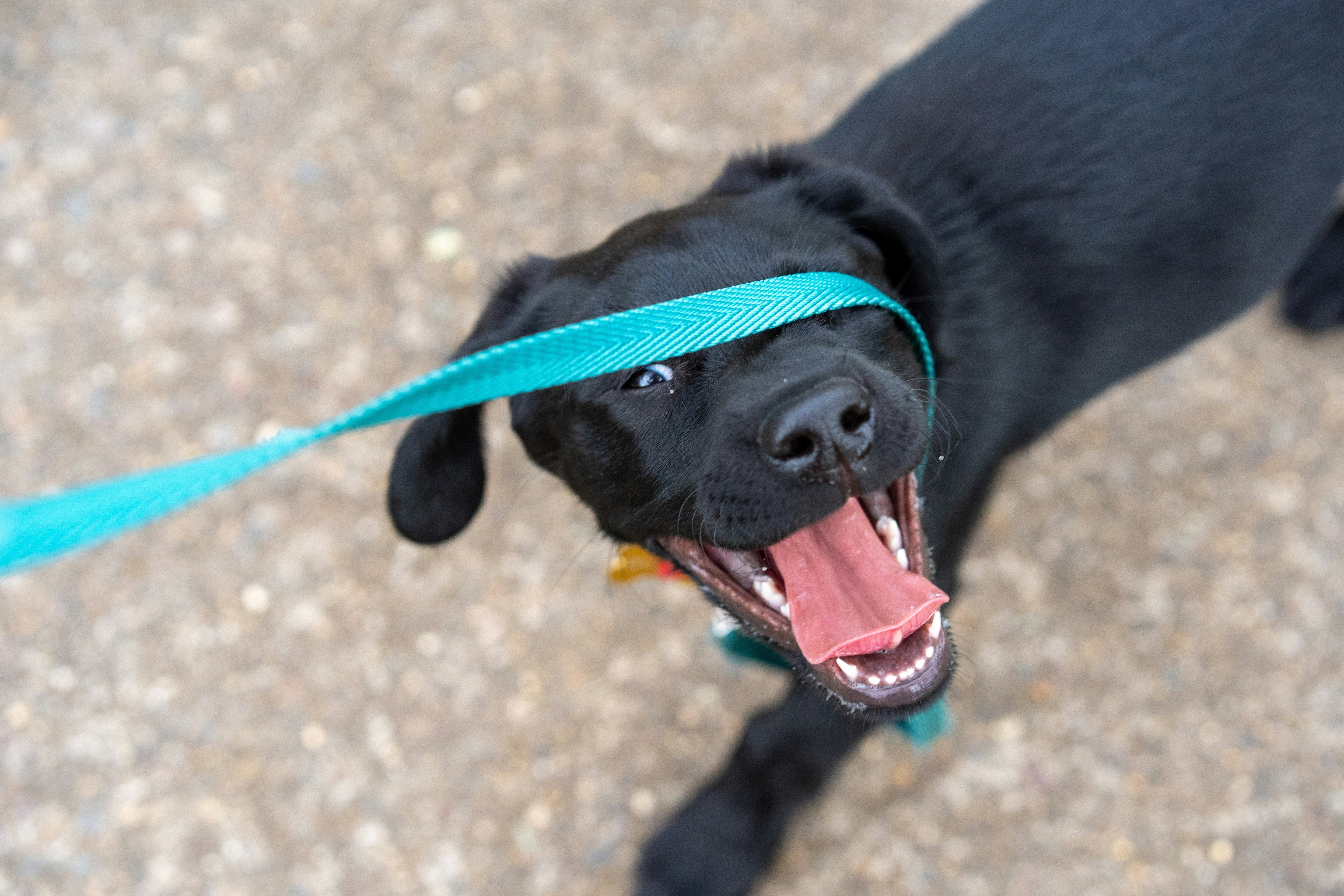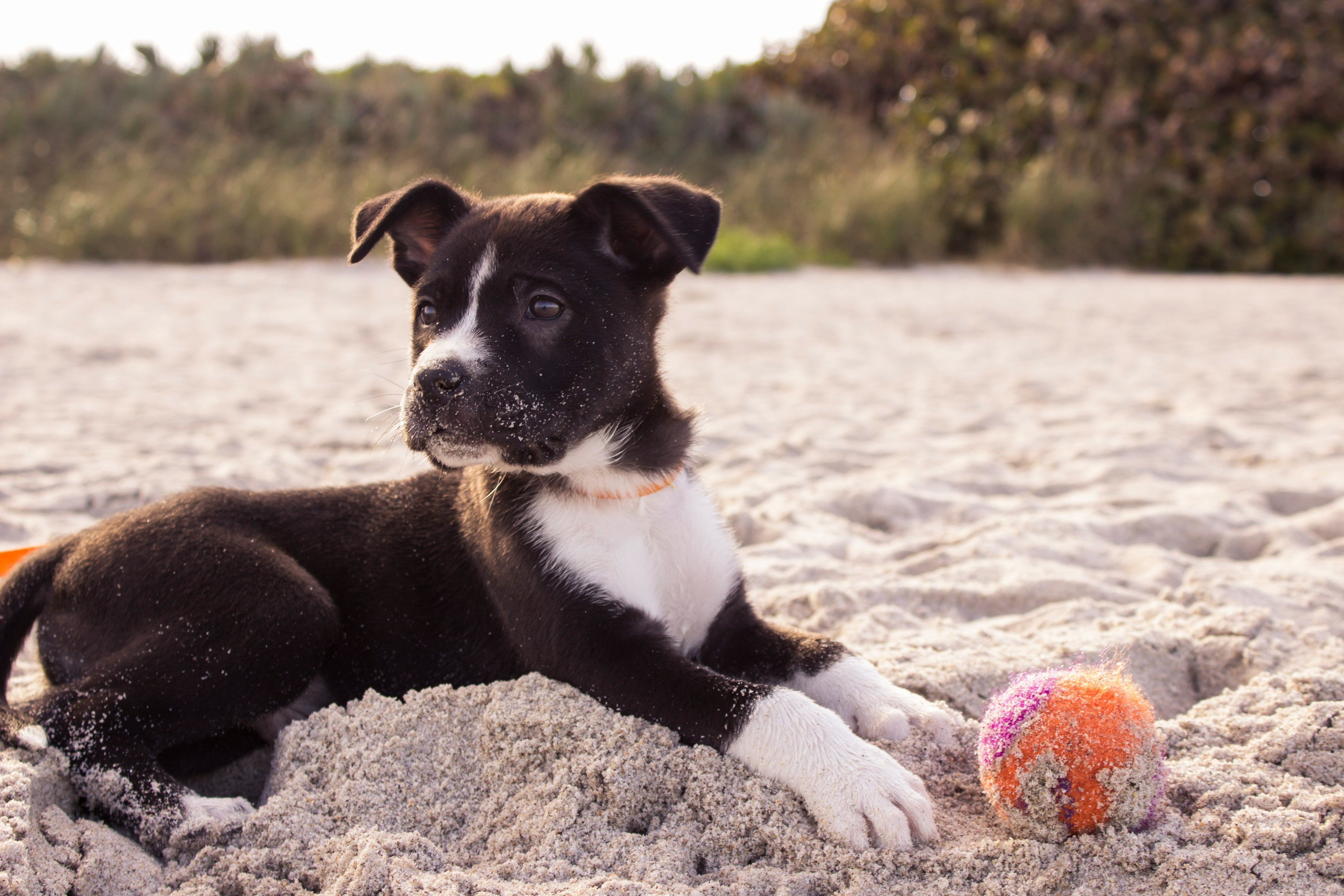
What is the #1 trick to stop your dog from pulling on the leash?
Walking your dog should be an enjoyable experience, not a battle of strength. If your dog pulls on the leash, you’re not alone - this is one of the most common issues dog owners face. The good news? There’s one highly effective trick that can make all the difference:
Stop moving the second your dog starts pulling.
This simple yet powerful method teaches your dog that pulling gets them nowhere - literally. Let’s break down exactly why this works, how to use it properly, and what additional steps you can take to reinforce polite leash walking.
Why do dogs pull on the leash?
Before fixing the problem, it helps to understand why dogs pull in the first place.
- Excitement: Walks are the highlight of your dog’s day, and they want to get there faster.
- Learned behavior: If pulling has worked in the past (i.e., it got them where they wanted to go), they’ll keep doing it.
- Lack of engagement: Many dogs aren’t naturally tuned into their owners on walks. They’re focused on smells, sights, and sounds, not on staying by your side.
The key to stopping pulling is teaching your dog that a loose leash is the only way forward.
The #1 Trick: Stop Moving
How It Works
The moment your dog starts to pull, stop walking immediately. Stand completely still and don’t take another step until the leash is slack again. When your dog turns to look at you or takes a step back, reward them and then continue walking.
This method teaches your dog:
✅ Pulling = No movement
✅ Loose leash = Walk continues
Over time, your dog will self-correct because they’ll realize that pulling slows them down instead of speeding them up.
Step-by-step guide to leash training
While the stop-and-wait method is incredibly effective, combining it with additional training techniques will reinforce good leash manners even faster.
1. Start in a Low-Distraction Area
Before taking training to the sidewalk or park, practice in a quiet area like your backyard or even indoors. This makes it easier for your dog to focus on you.
2. Use Positive Reinforcement
Every time your dog walks beside you without pulling, reward them with a treat, praise, or a toy. This reinforces that staying close is the right choice.
3. Change Direction Frequently
Instead of letting your dog dictate the walk, keep them engaged by randomly changing direction. If they pull forward, turn and walk the opposite way. This teaches them to pay attention to your movements instead of charging ahead.
4. Use the Right Equipment
A comfortable harness or a well-fitted collar can make a big difference. Avoid tools that rely on pain or discomfort to stop pulling, as these can cause stress and confusion.
5. Be Consistent
Training takes time. If you allow pulling sometimes but not others, your dog will get mixed signals. Consistency is key to success.
What if you’re in a hurry?
If you don’t have time for a training-focused walk but still need to take your dog out, consider using a different harness or leash setup. This helps your dog differentiate between training walks (where they need to walk nicely) and casual outings (where they might have a bit more freedom).
Summary
Stopping your dog from pulling doesn’t require force. It requires patience and consistency. The number one trick is simple but powerful: stop walking the second the leash tightens. When combined with rewards for good behavior, this method helps dogs learn that staying close leads to more freedom, not less.
With practice, your dog will start to walk calmly by your side, making every walk more enjoyable for both of you.



